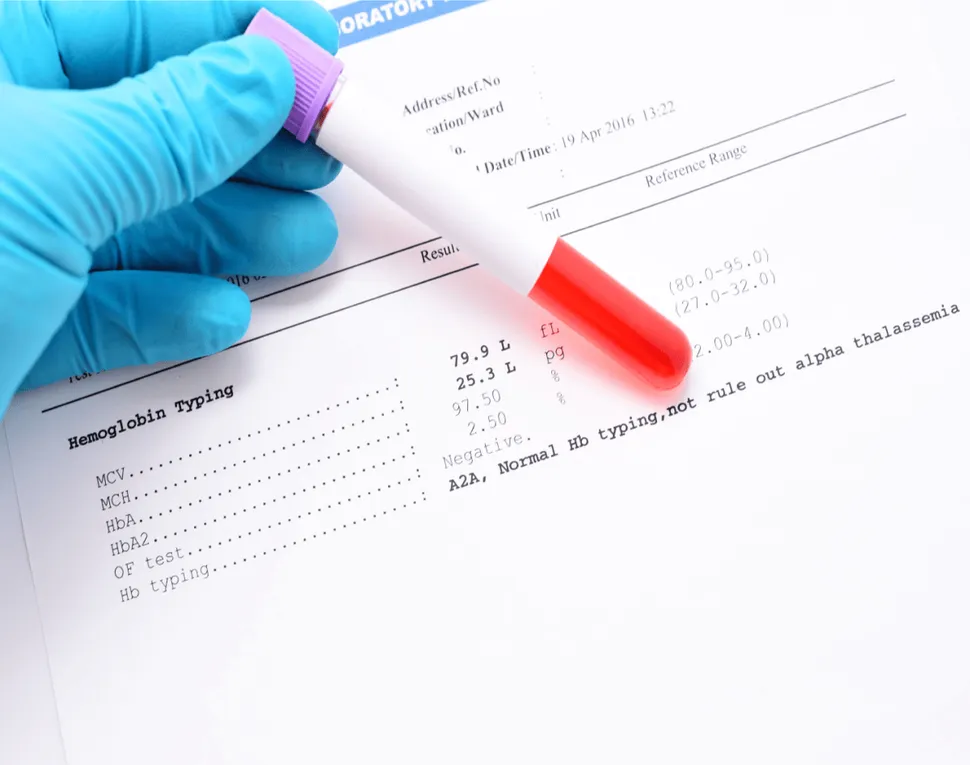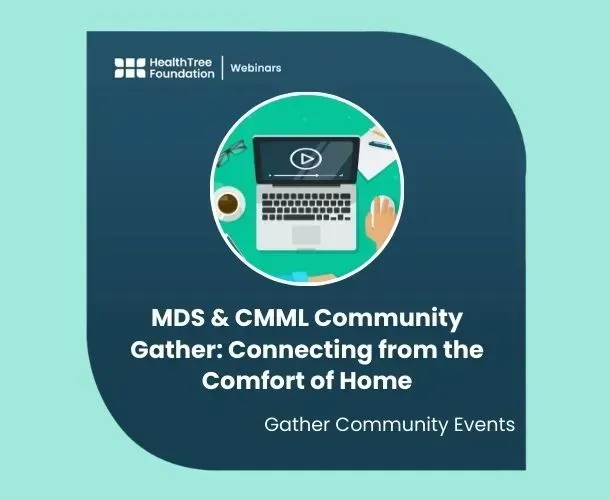Full Adult AML Chapter Event: Understanding your AML Labs (and BMB Results)

Watch the Full Event Here:
Recorded on May 5th, 2022
Event Summary
During this Adult AML Chapter Event, Dr. Margaret Kasner, an AML expert from Sidney Kimmel Cancer Center in Philadelphia, Pennsylvannia, walked us through common AML lab and bone marrow biopsy reports and clarified what common results mean and to which numbers patients should be paying the most attention to.
Here are some of the highlights:
- Hemoglobin, hematocrit, white blood cell count (WBC) and platelets are the most important pieces of the complete blood count (CBC).
- For the most part, you should ignore the red blood cell count and the red blood cell differential on your CBC because it doesn't provide much information and it's not important in AML.
- The "normal range" for the white blood cell count was determined by a group of white men in their forties, meaning the normal range may not apply to you. The normal for you may be different from the "normal range" on your lab report.
- The normal range for the white blood cell count (WBC) is 4-11 (x1000)/microliter. This number can be affected by age, ethnicity, chemotherapy, medications, infections (especially COVID-19), the time of day, etc. Ask your hematologist what's normal for you.
- Hemglobin and hematocrit although are different molecules in the blood, they provide you with the same information. Most doctors want hemoglobin to be at least over 7.
- A safe platelet number is anything over 10,000 to prevent spontaneous bleeding. If you have a fever, 20,000 becomes the safe number.
- A WBC differential can show your absolute neutrophil count (ANC) which is a marker of recovery of normal bone marrow. Neutrophils are the cells responsible for fighting bacteria. Neutropenia is an ANC of less than 1500.
- In interpreting bone marrow biopsy results to determine remission, normal cells need to be seen.
- Don't panic if there are blasts on the bone marrow biospy report of a recovering bone marrow.
- Next Generation Sequencing (NGS) shows abnormalities within the genes and can help determine prognosis and treatment choices.
- A FLT3 mutation can be missed on NGS so PCR is used to find this mutation.
Want to Learn About More Important Adult AML Topics?
We hope to see you at future events.

Watch the Full Event Here:
Recorded on May 5th, 2022
Event Summary
During this Adult AML Chapter Event, Dr. Margaret Kasner, an AML expert from Sidney Kimmel Cancer Center in Philadelphia, Pennsylvannia, walked us through common AML lab and bone marrow biopsy reports and clarified what common results mean and to which numbers patients should be paying the most attention to.
Here are some of the highlights:
- Hemoglobin, hematocrit, white blood cell count (WBC) and platelets are the most important pieces of the complete blood count (CBC).
- For the most part, you should ignore the red blood cell count and the red blood cell differential on your CBC because it doesn't provide much information and it's not important in AML.
- The "normal range" for the white blood cell count was determined by a group of white men in their forties, meaning the normal range may not apply to you. The normal for you may be different from the "normal range" on your lab report.
- The normal range for the white blood cell count (WBC) is 4-11 (x1000)/microliter. This number can be affected by age, ethnicity, chemotherapy, medications, infections (especially COVID-19), the time of day, etc. Ask your hematologist what's normal for you.
- Hemglobin and hematocrit although are different molecules in the blood, they provide you with the same information. Most doctors want hemoglobin to be at least over 7.
- A safe platelet number is anything over 10,000 to prevent spontaneous bleeding. If you have a fever, 20,000 becomes the safe number.
- A WBC differential can show your absolute neutrophil count (ANC) which is a marker of recovery of normal bone marrow. Neutrophils are the cells responsible for fighting bacteria. Neutropenia is an ANC of less than 1500.
- In interpreting bone marrow biopsy results to determine remission, normal cells need to be seen.
- Don't panic if there are blasts on the bone marrow biospy report of a recovering bone marrow.
- Next Generation Sequencing (NGS) shows abnormalities within the genes and can help determine prognosis and treatment choices.
- A FLT3 mutation can be missed on NGS so PCR is used to find this mutation.
Want to Learn About More Important Adult AML Topics?
We hope to see you at future events.


about the author
Katie Braswell
Katie joined HealthTree as the Community Director for AML in 2021 and became HealthTree's Director of Education in 2023. Katie is a registered dietitian who is passionate about health literacy and patient empowerment. She loves to cook, travel and spend time with her newborn son, husband and dog.
More on Navigating Your Health
Trending Articles

Get the Latest Acute Myeloid Leukemia Updates, Delivered to You.
By subscribing to the HealthTree newsletter, you'll receive the latest research, treatment updates, and expert insights to help you navigate your health.
Together we care.
Together we cure.
3x Faster.










